From the very origins of Vietnamese culture, the Five Elements have been understood and regarded as the concretization of the laws governing the movement and transformation of all things and phenomena, and have been effectively applied in many aspects of life and belief. Ancient people knew that all things born, existing, and developing in the natural environment depend on five basic elements: Metal, Wood, Water, Fire, and Earth, known as the Five Elements.
Five Elements Belief
The worship of the Five Elements is closely associated with the first generations of migrants, right from the early days of land settlement, and has since accompanied the development of society. Today, it has become a vibrant and quite widespread form of religious belief.
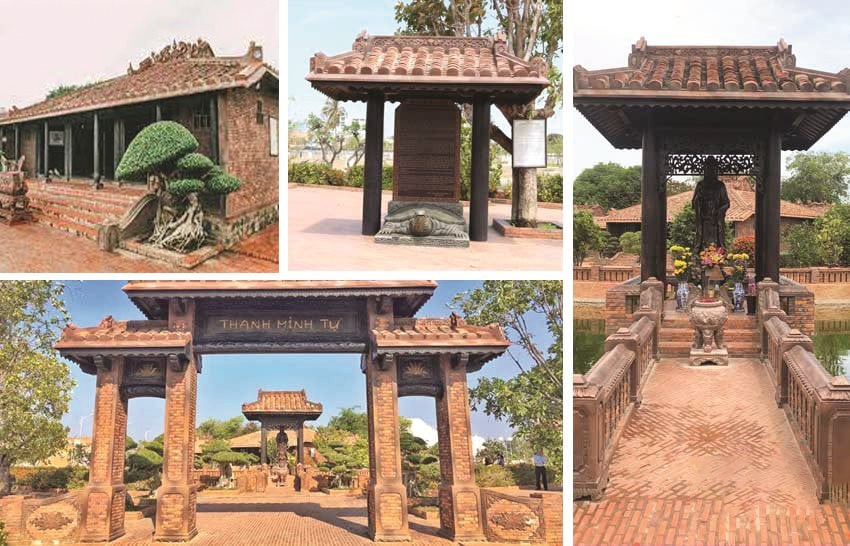
Generally speaking, it can be said that the inhabitants of villages and communes in Binh Thuan hundreds of years ago all had agricultural and, to some extent, fishing origins. When settling in this new land, they always had to rely on nature, so in the eyes of generations of migrants, nature was always majestic and threatening to their lives. Therefore, they deified the forms and phenomena of nature and worshipped them, hoping to avoid calamities and seek blessings and protection. Thus, deities originating from nature such as earth, mountains, water, fire, trees, etc., have been formed over a long period through folk beliefs, among which the Five Elements belief has had a great influence on village communities and has been passed down through many generations to this day as a heritage of their ancestors.
Professor Tran Ngoc Them argues: “The ancient Vietnamese people had a tradition of living by rice farming , a culture inclined towards the feminine principle. Their social lifestyle was based on emotions, valuing women, and in the realm of religious belief, they worshipped many goddesses. The ultimate goal of our ancestors' worship of nature was fertility, procreation, and abundance; to achieve this, they had to respect and worship…”
In Vietnamese folklore, the five elements that make up the universe—Metal, Wood, Water, Fire, and Earth—are considered five great deities with different powers over matters related to land, firewood, metal, water, and trees. These deities are known as the Five Elements Mothers (or Five Mothers) and are worshipped in separate shrines, not alongside other deities in village temples or other religious establishments. Because the Five Elements can give birth to everything, they have their own world and must be worshipped separately.
Surveys and studies of folk beliefs regarding the worship of deities in village communal houses, temples, shrines, and other religious structures throughout the province show that several centuries ago, most relics or religious structures worshipped the Five Elements, but in different forms; depending on the understanding and location of the land, the object of worship, and the level of veneration of each village, commune, or region.
In reality, the Five Elements Goddesses were originally a folk belief, so they were located separately from village communal houses, temples, shrines, etc. However, over time, due to the need for numerous annual rituals, and the requirement to worship the main deity as well as other folk deities, the Five Elements shrines gradually moved within the grounds of communal houses, temples, shrines, and other villages to facilitate worship and improve the religious structure of the village. In some places, the ancients reduced the size of the Five Elements shrines to integrate them into the worship area of the main deities; in other places, the Five Elements were placed alongside the main deity.
However, not all places worship the Five Elements alongside other deities. Instead, the Five Elements Goddess is worshipped separately in a spacious shrine, often located next to the village communal house or temple (as in the case of the Five Elements shrine within the Thanh Minh Temple complex - Phan Thiet coastal tourism urban area). This demonstrates that ancient customs still highly value the power of the Five Elements in religious beliefs.
The shrine dedicated to the Five Elements in Thanh Minh Temple.
This is an ancient temple, quite large in area, located within the grounds of Thanh Minh Temple. According to the scientific records compiled by the Department of Culture, Sports and Tourism, the Five Elements Temple was built at the same time (late 19th century) as other cultural and religious institutions such as Phat Quang Pagoda, the communal house and shrine of Ong Co, and Thanh Minh Temple in the area of the former Minh Long village (now Phu Thuy and Hung Long); at that time, Minh Long village belonged to Duc Thang commune, Tuy Dinh district, Ham Thuan prefecture, Binh Thuan province.
As the name of the ancient temple suggests, it houses five rather large statues of the Five Elements Goddess, in the following order: Kim Duc Thanh Phi (white robe), Moc Duc Thanh Phi (green robe), Thuy Duc Thanh Phi (black robe), Hoa Duc Thanh Phi (red robe), and Tho Duc Thanh Phi (yellow robe). Although five deities are worshipped, the people still consider them as one Goddess, hence the name Ngu Hanh (Five Elements Goddess).
In the temple dedicated to the Five Elements, there is a couplet written in Chinese characters, which is transliterated as follows:
"All things come into being through the combination of causes and conditions."
The Five Elements are encompassed within Yin and Yang.
Translation:
"All things are formed by the combination of causes and conditions."
The Five Elements encompass both Yin and Yang."
According to the local people's beliefs (the owners of the temple), the Five Elements Goddesses often play a supportive role in professions related to these elements. For example, agriculture is associated with the Earth Goddess and Water Goddess; fishing is associated with the Water Goddess and Wood Goddess... These Goddesses possess immense power and indirectly influence all professions in society. Therefore, there is no profession that is unrelated to the Five Elements, especially the fishing industry. In the minds of the people living in this coastal region, everything from fishing vessels to fishing grounds and even living spaces is closely connected to these Goddesses. Boats are associated with the Wood Goddess, Metal Goddess, and Fire Goddess; water is associated with the Water Goddess; and shorelines are associated with the Earth Goddess...
The worship of the Five Elements in Phan Thiet in general, and in the ancient Minh Long village in particular, is extremely important. For this reason, for generations in the ancient Minh Long village, and for more than half a century since, the shrine dedicated to the Five Elements has always been separate, on par with other religious sites, and not combined with other deities in worship, rituals, and offerings. The ancient shrine of the Five Elements was located near the sea, and due to the importance and faith in their profession, fishermen always visited the shrine before going to sea to pray for calm weather and safe voyages. Even today, this custom persists, despite the surrounding land and villages having transformed into prosperous urban areas.
Source








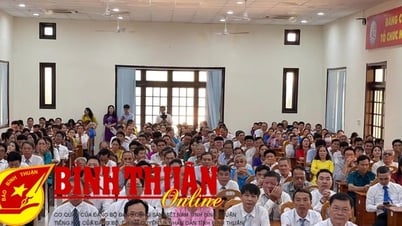
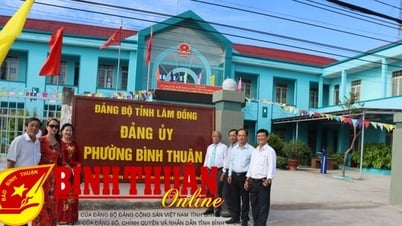
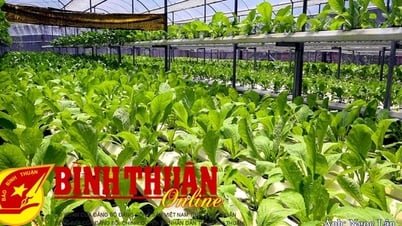
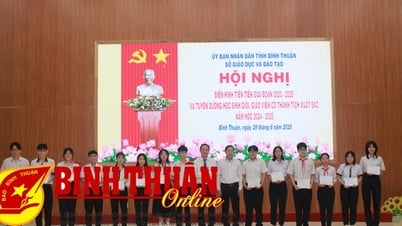
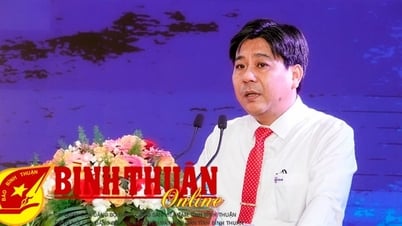
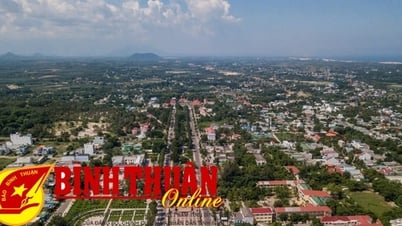

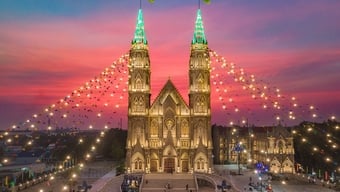



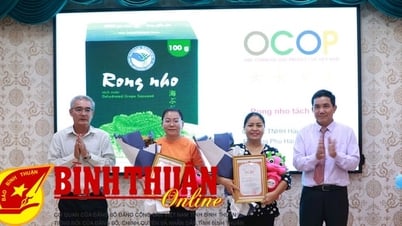

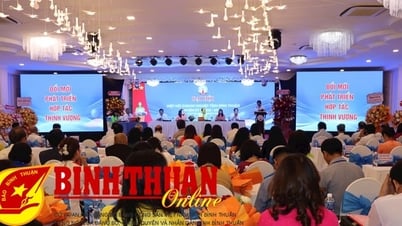
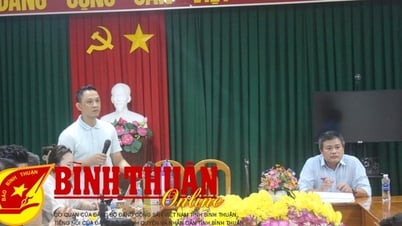




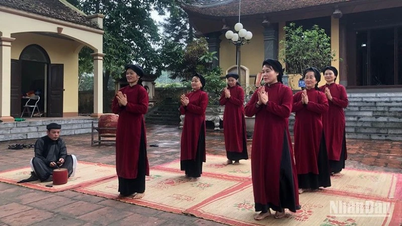

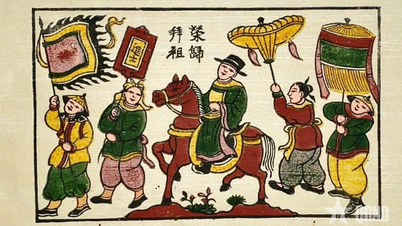

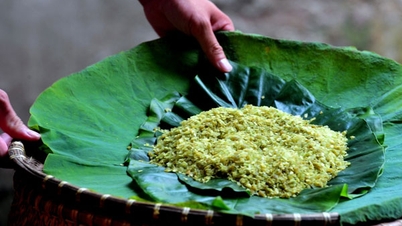

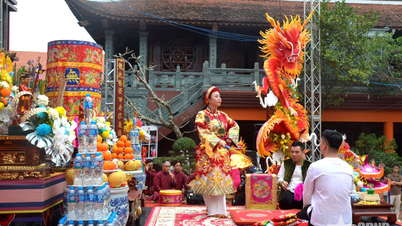



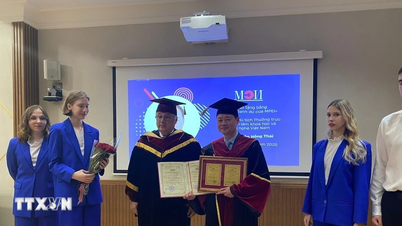





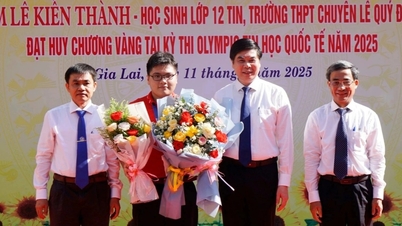

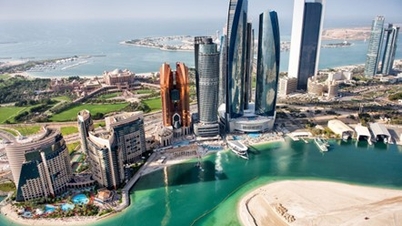




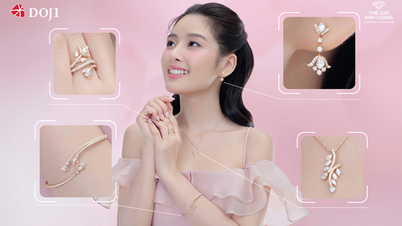

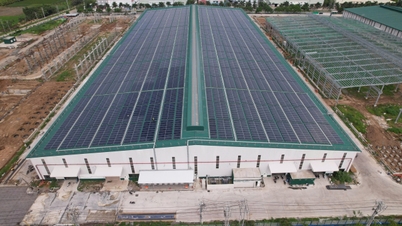
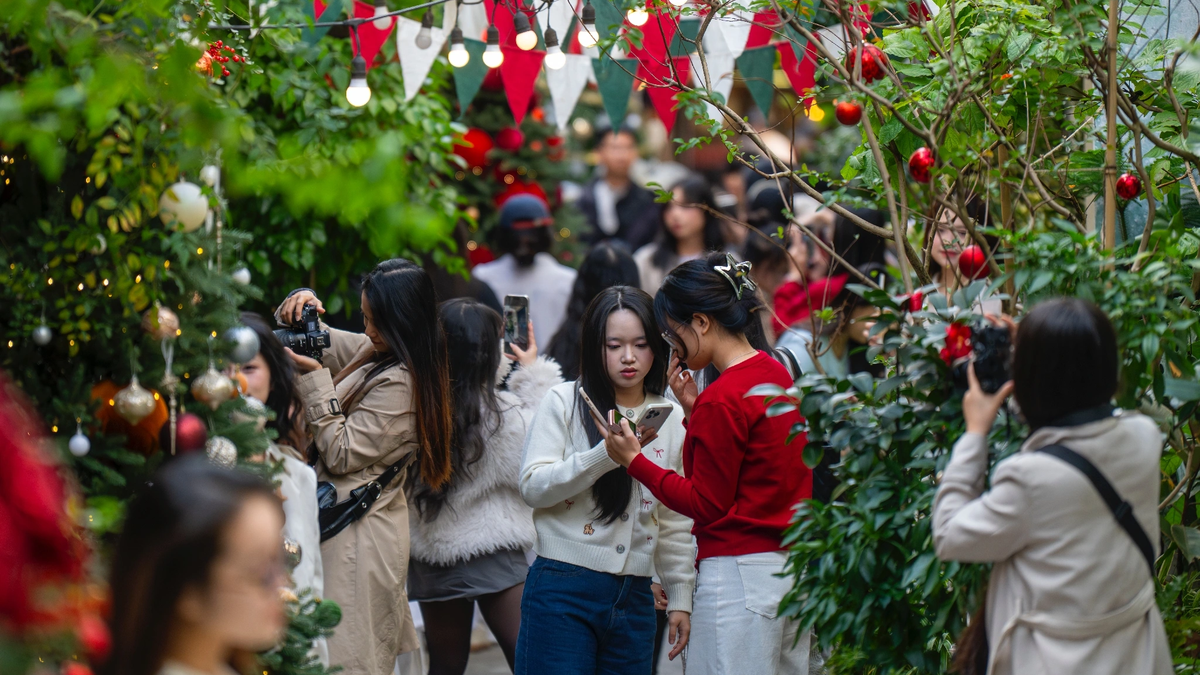
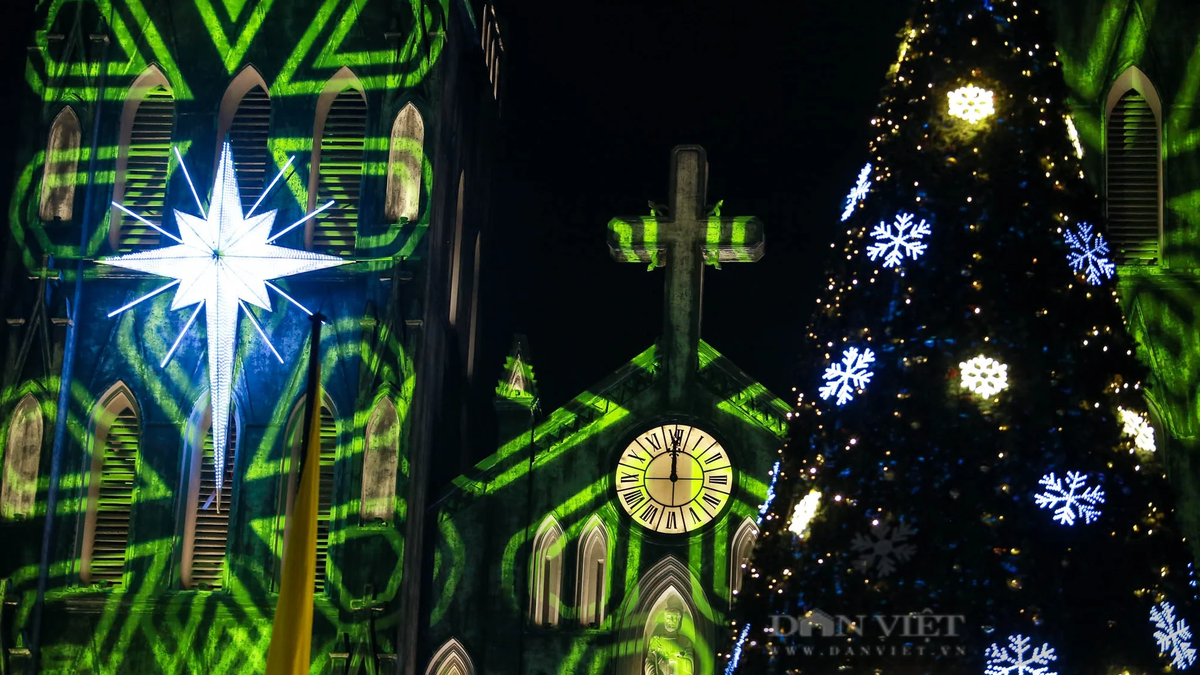

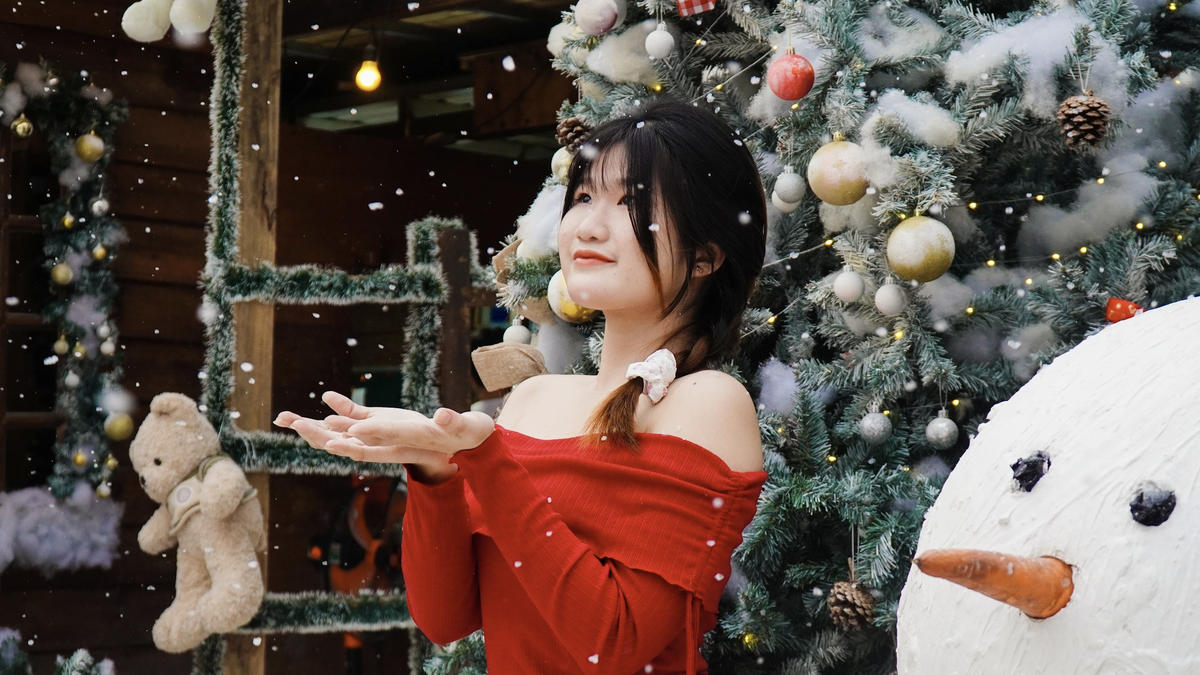



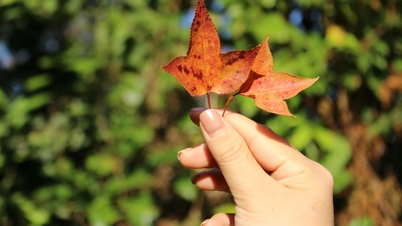



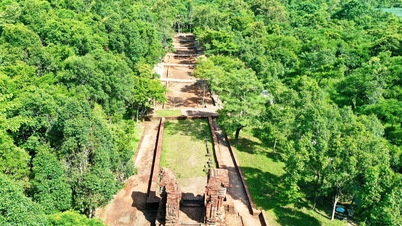

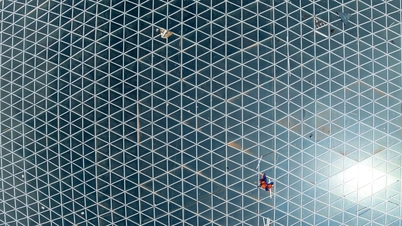



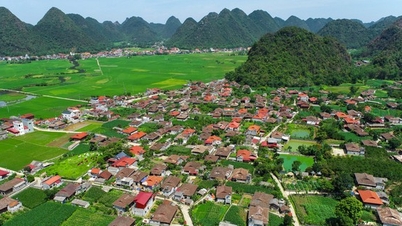






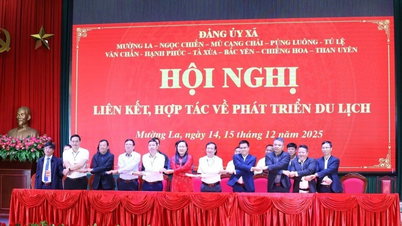



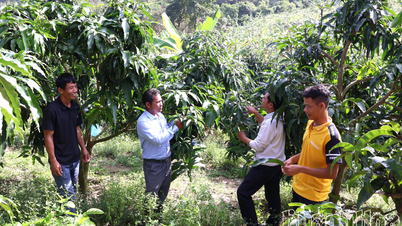
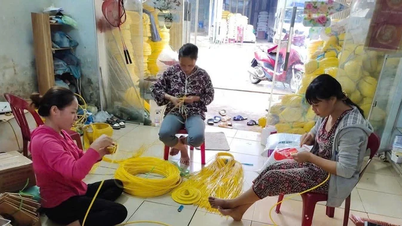

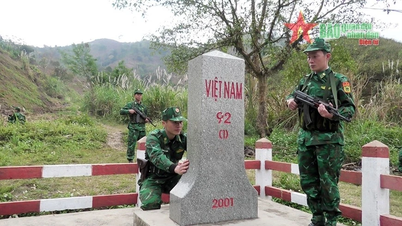











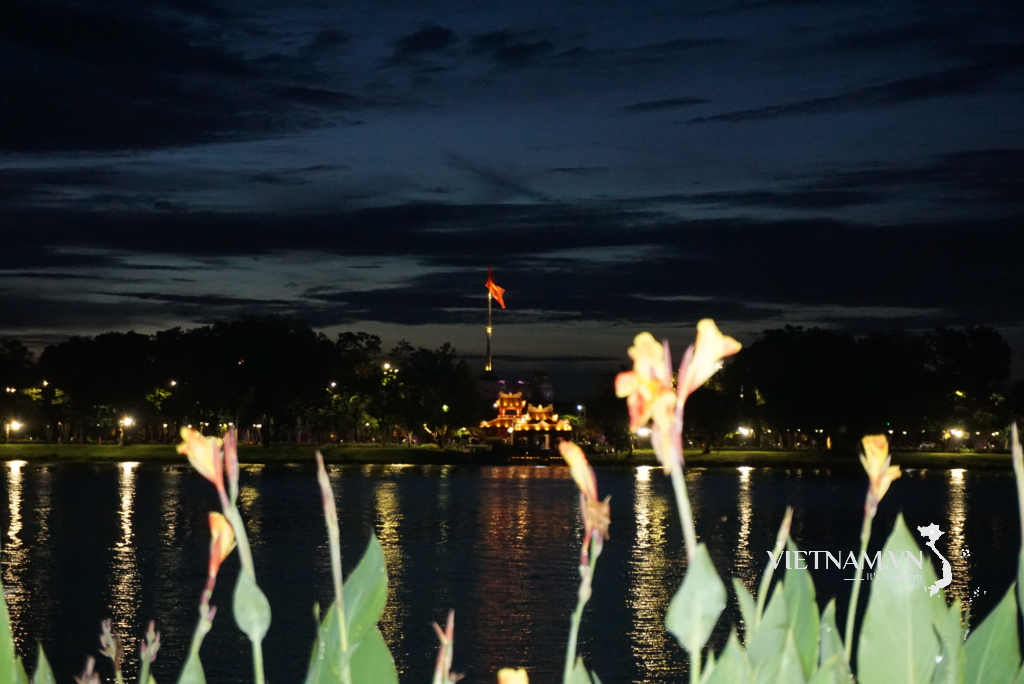


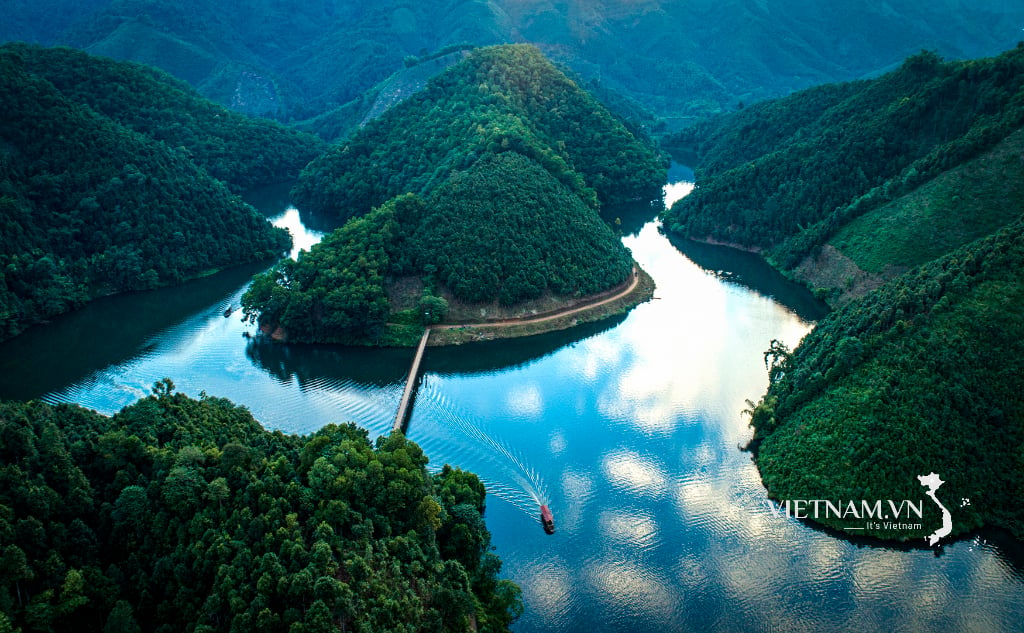
Comment (0)